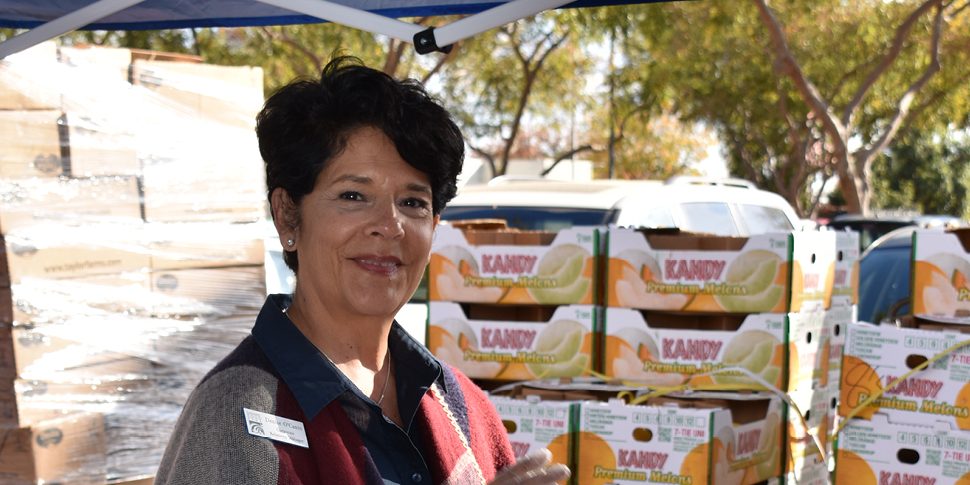Based out of Fresno, the Central California Food Bank (CCFB) is the largest food bank in the region serving Madera, Fresno, Kings, Tulare, and Kern counties. Despite being nestled amid the country’s most lucrative agricultural sector, the organization distributes 35 million pounds of food, including more than 50% of fresh produce, to more than 280,000 food insecure people each month.
In 2007, the organization first leased a 50,000-square-foot warehouse to support its operations and food circulation efforts. Since then, CCFB has increased its distribution to individuals and families by more than 500% and was reliant on a sub-leased cold storage facility to store fresh foods.
“More than 60% of our clients are Latino and many are farmworkers,” said Andy Souza, CCFB’s president. “We had outgrown our facility which caused an extremely inefficient process that wasn’t supporting us in meeting the needs of our communities. We had to turn away fresh food donations because we didn’t have the space to store them before distribution. Given the need, especially in rural areas, this was unacceptable.”
Earlier this year the organization purchased a 140,000-square-foot facility to house its headquarters, distribution center, and volunteer facilities. The former beer distribution warehouse, located in South Fresno, includes a 10,000-square-foot cold storage facility, a transfer station for produce donations on behalf of other food banks, and enough space to accommodate 40 employees and more than 200 volunteers at any given time.
In May 2018, Community Vision deployed $8.8 million in New Markets Tax Credits (NMTC) and provided a $3 million NMTC leverage loan to support the acquisition of the South Fresno property.
“This is huge for our community. The lending team at Community Vision pushed hard to make this deal possible,” said Souza. “We are not going to end hunger by just passing out food. Our new space gives us the opportunity to reach people in new ways.”
Beyond food distribution, the organization utilizes a multi-prong approach to tackling food access challenges throughout Central California. With the increased space, the CCFB has the opportunity to support individuals and families in new ways including hosting workforce development trainings, financial literacy workshops, nutrition education courses, and on-site health screenings for clients.
CCFB has set a goal to double its impact by 2025 which includes disseminating more fresh foods and providing quality jobs to people in the community. “Community Vision’s food and agricultural lending strategy is rooted in spurring economic activity and empowering communities living on the margins of opportunity,” said Ross Culverwell, Community Vision’s chief lending officer. “We’re thrilled to support this community anchor.”





